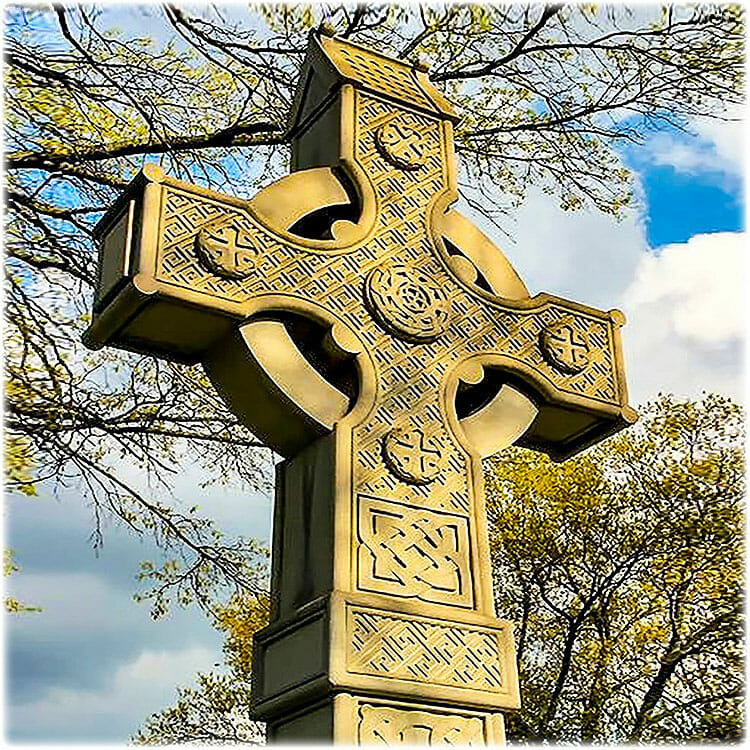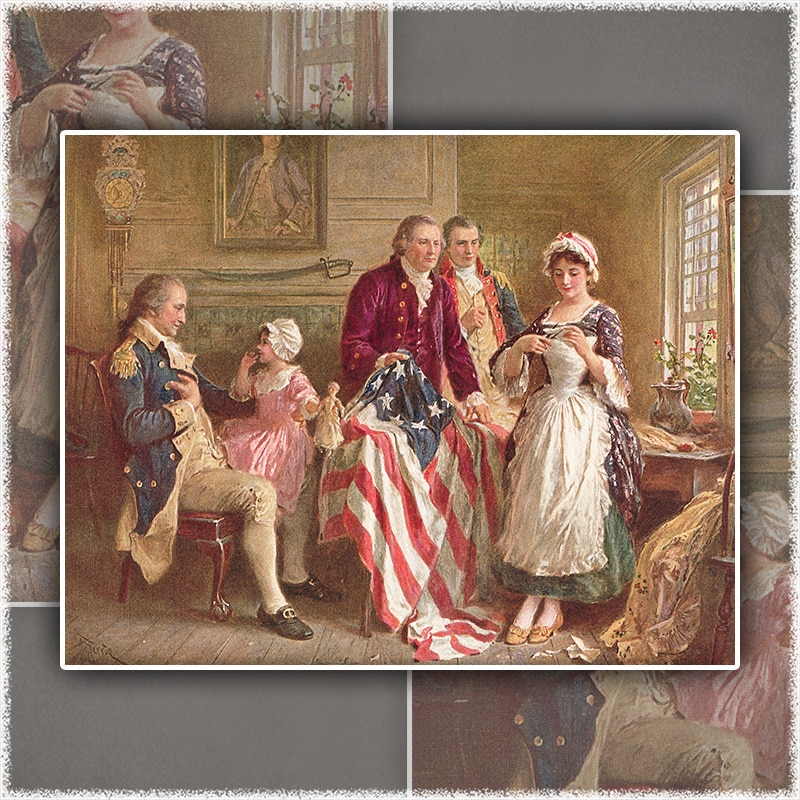Did St. Nicholas Wear Red?

The strange-looking clothing in which Nicholas is often depicted in Christian and secular art is not what he wore as a pastor. Few know the truth of the life and ministry of Nicholas, and for this reason, those who know anything about him often believe he wore the attire associated with Santa Claus, but he did not.Did St. Nicholas Wear Red
The subject addressed in this article is discussed at greater length in St. Nicholas: How a Christian Pastor Became Santa Claus. Christian Heritage Fellowship would be honored to work with individuals, businesses, churches, institutions, or organizations to help communicate the truth concerning the positive influence of the Christian faith by providing bulk pricing: Please contact us here... To purchase a limited quantity of this publication, please click: Purchase here...
Immediately after Jesus died, Christians began to gather for worship on Sunday, rather than the Saturday-Sabbath of the Jews.[1] In those early years of the Christian church, believers wore dark clothing to church, and the reason for doing so is quite simple. The Romans, who had conquered a large part of the world at that time, wore dark clothing to their funerals and other serious or somber occasions. It was their way of showing respect for individuals or important events. Following the custom initiated by the Romans, Christians wore their best attire, and this was usually those darker tunics and robes that they also wore to funerals. Usually these dark colored clothes were the best clothes that believers and unbelievers alike owned. Christians reasoned that if the Romans could show their respect in what they wore, they also should demonstrate their esteem and reverence for God in this way.[2] But, not until after the tenth century did Christian ministers begin to assume the colorful dress and ceremonies associated with the Older Testament.[3] Eventually various colors were used for the pastor's garments, but red was a dominate color used to symbolize the sacrificial blood of Jesus Christ.Did St. Nicholas Wear Red
Because later generations of Christian ministers began to wear colorful robes, early generations of Christian leaders were also believed to have worn them as well. For this reason, Christian art depicted Nicholas with these forms of dress. Nearly six hundred years would pass after the life and ministry of Nicholas before church history would record the first use of “the miter and the red cope” by the pope of Rome.[4] Almost universally Nicholas and other early Church leaders are depicted in Christian art dressed in the attire of bishops in the centuries that followed Nicholas' ministry in Myra. The attire of a minister assumed great symbolism, and it is this later attire that is imposed upon Nicholas and his time period; but, Nicholas would not have worn any of these.
The hat is called a miter. It is a symbol of Christ as the helmet of salvation.
The red bishop’s cape or coat is symbolic of the blood of Christ that cleanses from all sin.
The white stole is a symbol of the yoke of Jesus, a simple reminder that they are his servants.
The bishop's crozier (staff) is a symbol of Jesus, the Good Shepherd, and it symbolizes the way in which the Christian pastor cares for his flock.
No, Nicholas did not dress red as did the bishops of succeeding centuries. All of this came much later as was subsequently imposed upon the life and memory of Nicholas.
America deserves to know its true heritage.
Please contribute today!
Related Articles
Article Notes and Sources
[1] Never once in the writings of the Christian leaders that succeeded the Apostles are Christians said to worship on the Sabbath of the Jews—Saturday. Christian leaders who followed the Apostles, known as the Apostolic Fathers, always indicate that Christians worship on Sunday. In some cases, those who are believed to be worshiping on Saturday are severely reproved.
[2] George Smith Tyack, Historic Dress of the Clergy (London: W. Andrews, 1897), 15.
[3] Tyack, Historic Dress of the Clergy, 118.
[4] It does not seem that the attire of bishops was in use until the tenth and eleventh centuries when “the miter and the red cope [was used] according to the custom of the Roman pontiff.” Tyack, Historic Dress of the Clergy, 50-51.

















